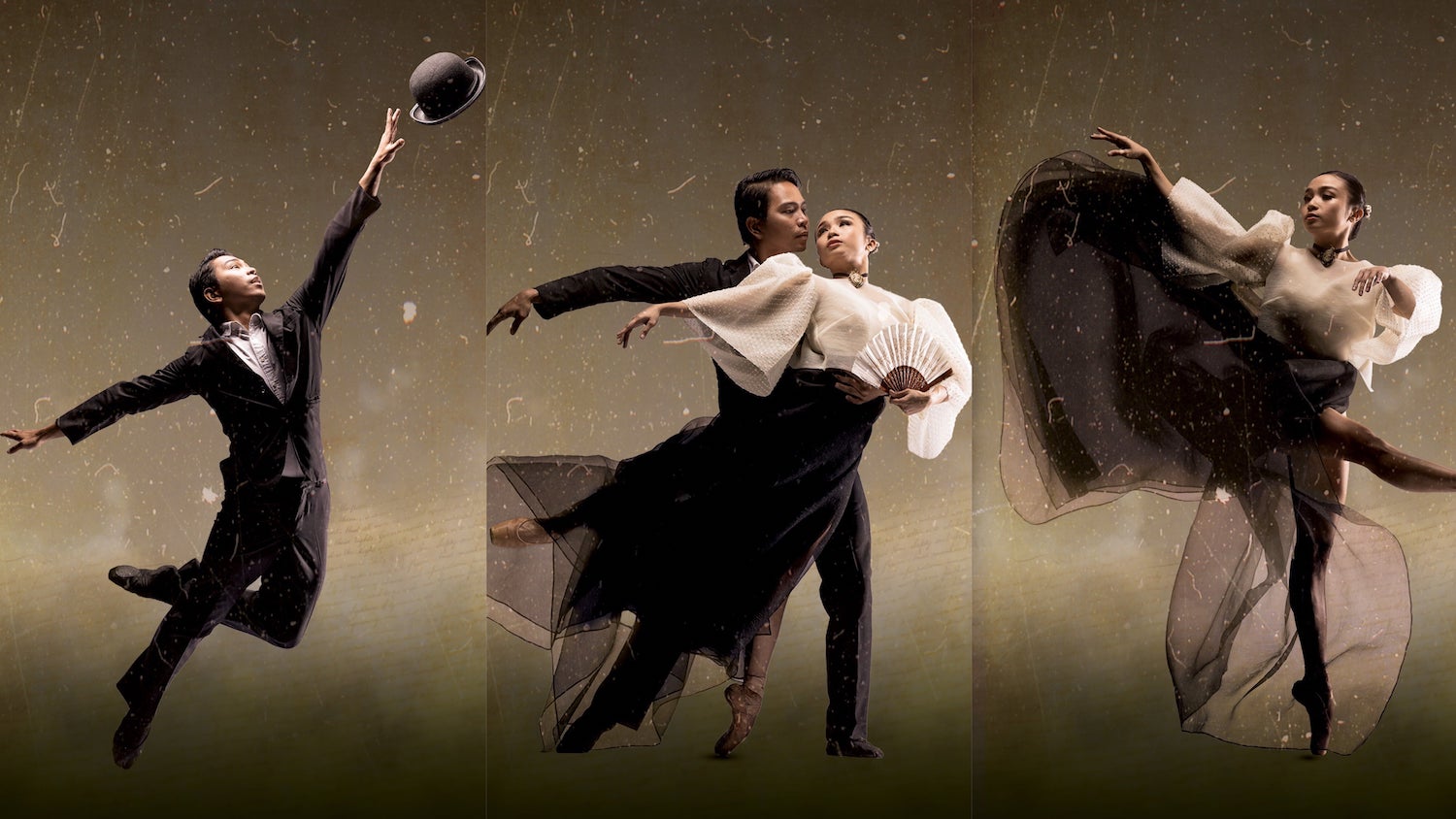
‘Limang Daan’ Original Ballet to Run this March
Ballet Philippines will be closing its 54th season with Limang Daan, a full-length original ballet that follows a series of cross-generational Filipino heroines who mirror one another through their experiences of pain, suffering and transcendence.
Set to premiere on March 8, which is known as International Women’s Day, the production aims to illuminate the struggles of Filipino women that spans roughly 500 years.
“Limang Daan is an important narrative about Filipino feminism,” shared Ballet Philippines President Kathleen Liechtenstein. “It’s about the struggles, joys and hopes of Filipinas then and now. It is about how we have transcended the unforgiving patriarchy to become the Filipinas we are today. It is a very exciting ballet that remains timely, relevant, and very relatable. It is everyone’s story.”
Choreographed by Ballet Philippines Artistic Director Mikhail “Misha” Martynyuk, the upcoming production sparks a dialogue on the struggles that women have endured throughout our history. “You will see four fragments of time affecting different epochs of the country where the main female characters have left their mark,” says Martynyuk. “Limang Daan will present Filipino culture in a diversity of dance styles. It will also feature a complex coordination of choreography, music, light, and costume design.”
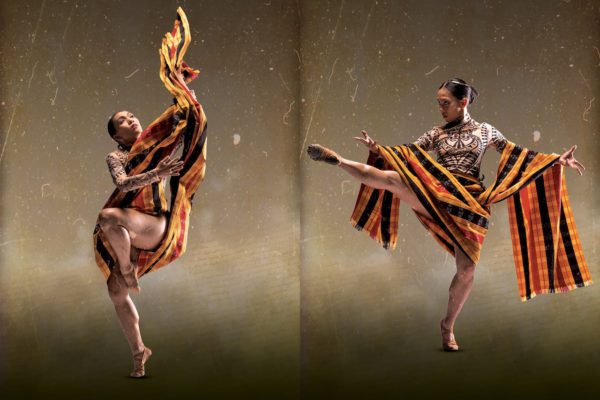
Gia Gequinto as Gawani; Photo Credit: Larry Salgado
In 2022, Ballet Philippines, through the patronage of Salcedo Auctions, staged Limang Daan, a short video performance depicting 500 years of cross-cultural encounters in which Philippine art and culture was heavily influenced by Spain. This year, Ballet Philippines will close its 54th season with a full-length ballet loosely-inspired by the dance film.
The new iteration of Limang Daan follows the libretto of filmmaker and writer, Moira Lang (Norte, The End of History, Anak). Lang tells the story of multiple heroines struggling during different periods of time.
Throughout Lang’s career as an award-winning writer and filmmaker, it never crossed her mind that she would one day write a libretto for the ballet. She recalls, “A couple of friends involved in the project called to say they recommended me to write the libretto for the ballet. I laughed because I knew nothing about ballet.” Her friends persisted saying that “the main concept was something close to my heart–our country’s colonial history, seen through feminist lens.”
Moira admits that there were several false starts as she began writing Limang Daan. “I mean, how do you tell the story of a nation and its five centuries of being colonized and being in the shadows of that colonial past?,” she says. “I had to pick five different periods of that history and choose the characters that would tell this story.”
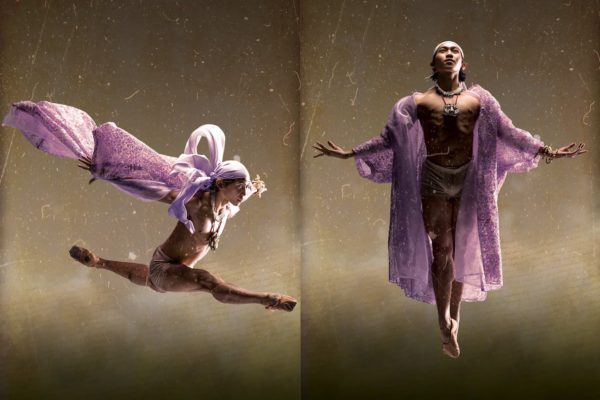
Eduardson Evangelio as Amihan; Photo Credit: Larry Salgado
She continues: “Our people’s complicated relationship with national identity and the colonial mentality that persists to this day certainly informed the piece as I was writing it. But the bigger and more direct inspiration came from the lives of Filipino women who have suffered and transcended the oppressive, deadly, and very sex-negative tandem of religion and the patriarchy.”
The production features Jemima Reyes as Maria Clara, Ian Ocampo as Crisostomo Ibarra, Peter San Juan as Padre Damaso, Eduardson Evangelio as Amihan, Ramona Yusay as Mother Superior, Gia Gequinto as Gawani, and Regina Magbitang as Ana.
The four timeline follows:
PRESENT DAY. Ana, a Filipina nurse in New York, contends not only with the punishing workload as a health provider. She must also learn to face the unwanted advances of a superior.
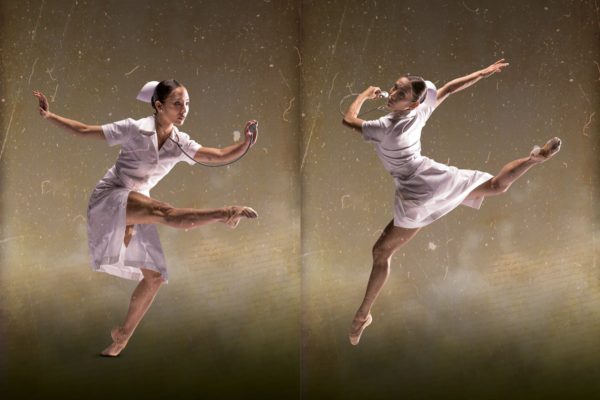
Regina Magbitang as Ana; Photo Credit: Larry Salgado
450 YEARS AGO IN THE VISAYAS. Amihan is a non-binary babaylan (Filipino shaman) who must face the consequences of refusing the salvation promised by “men of God.”
1969, CHICO RIVER, CORDILLERAS. Three Cordilleran women—Petra, Edena, and Leticia—defy guns, goons, and gold to protect the motherland from despots deigning to dictate their future.
A CONVENT IN THE LATE 19TH CENTURY. Maria Clara leaps from the pages of Jose Rizal’s Noli “Me Tangere” to embody a repressed nun who finally comes to her senses—and sensuousness. A duel with the convent’s Mother Superior looms.
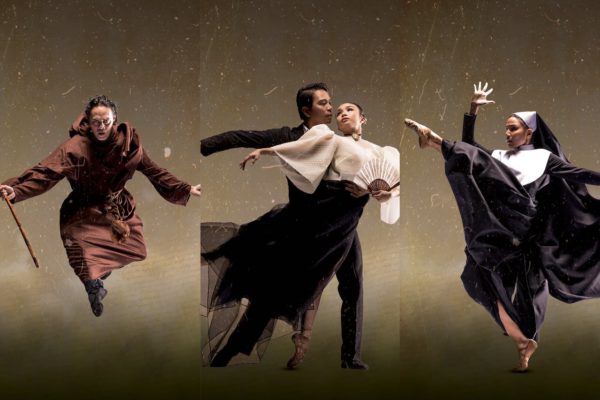
L-R: Peter San Juan as Padre Damaso, Ian Ocampo and Jemima Reyes as Crisostomo Ibarra and Maria Clara, Ramona Yusay as Mother Superior; Photo Credit: Larry Salgado
1904, ST. LOUIS, MISSOURI, USA. Gawani, an Igorot woman recruited to be part of the “human zoo” of the St. Louis World’s Fair in 1904, finds strength in the women who have preceded her and those that are still to follow.
Accompanying Lang’s libretto is the music of composers Erwin Romulo and Malek Lopez. Fashion designer JC Buendia creates the company’s costumes. The production is directed by Ballet Philippines Artistic Director Mikhail “Misha” Martynyuk.
The show runs from March 8 to 10 at The Theatre at Solaire. Tickets are available through Ticketworld.


Comments